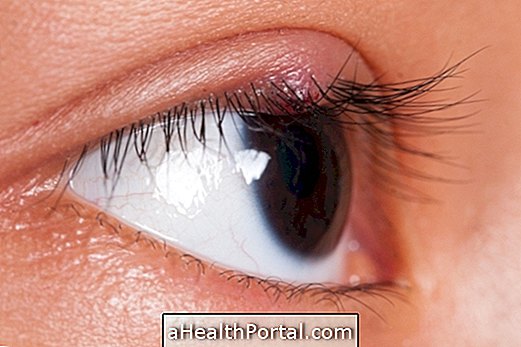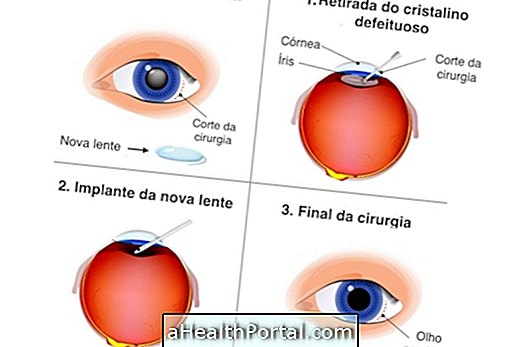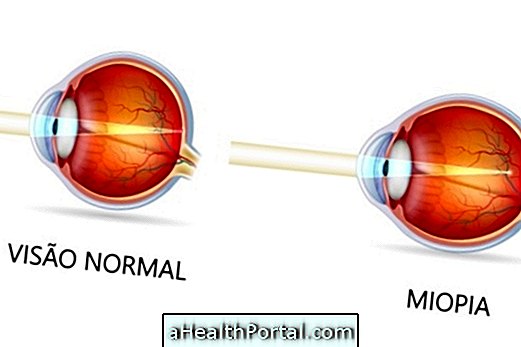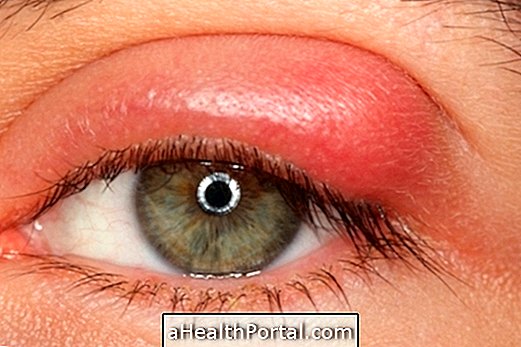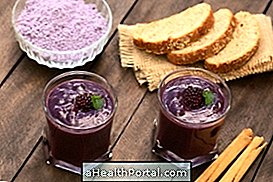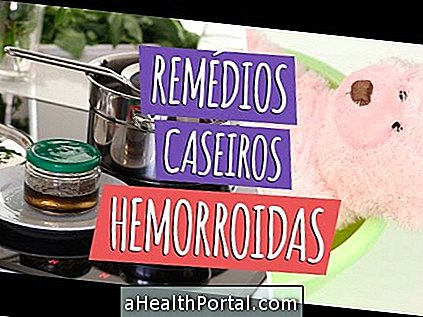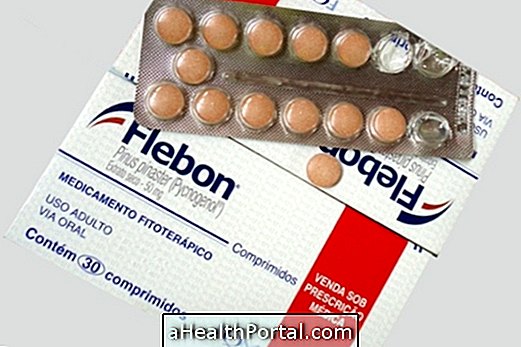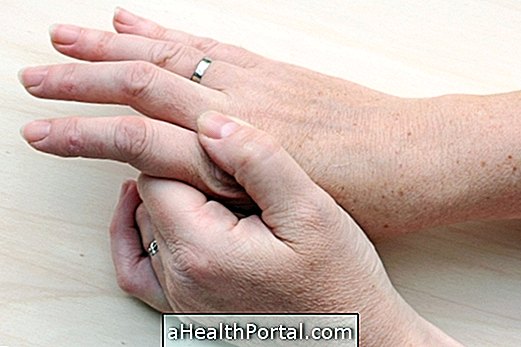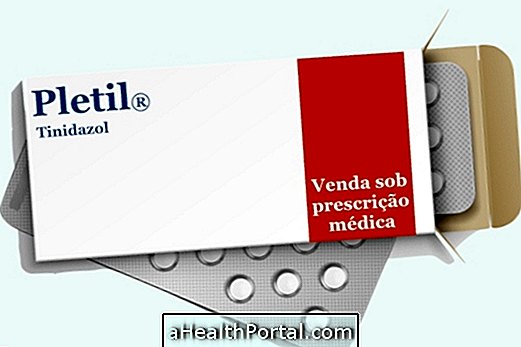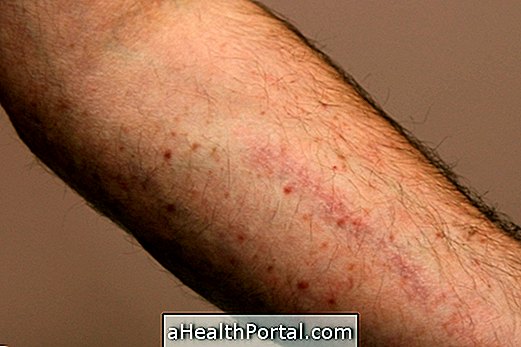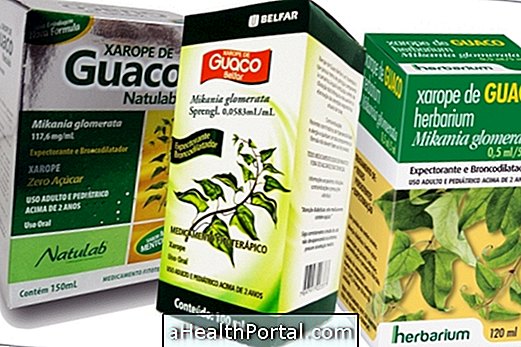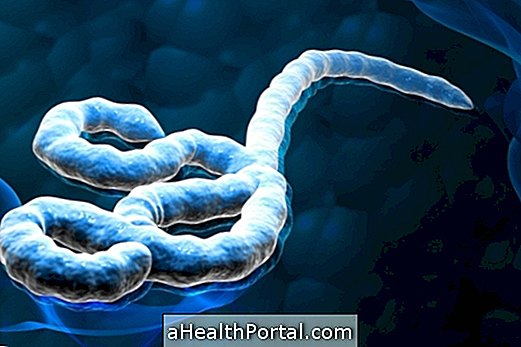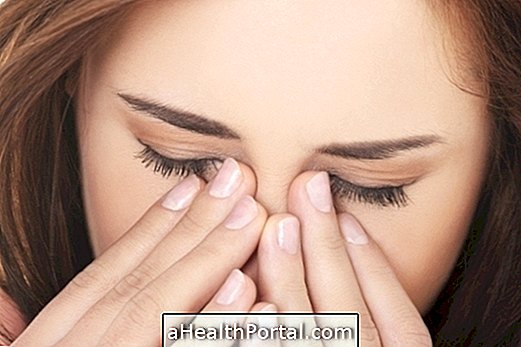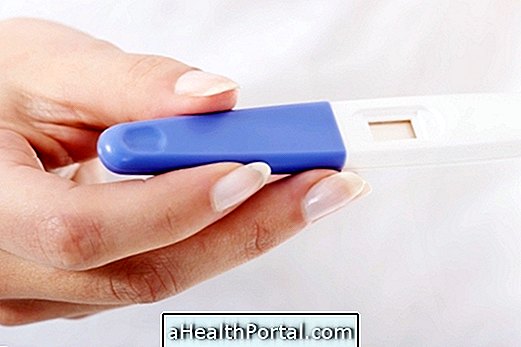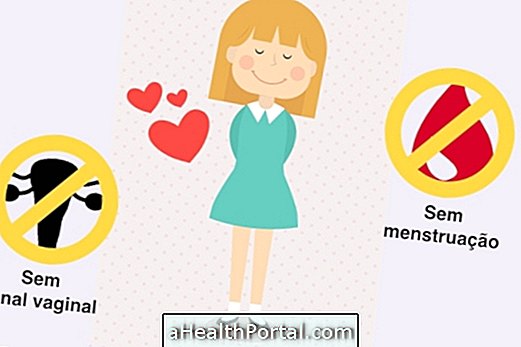Eye drops are used to treat all types of eye problems such as eye discomfort, dryness, allergy or more serious problems such as conjunctivitis and inflammation, for example. Eye drops are liquid pharmaceutical forms, which should be applied to the eye in drops, and the number of drops to be used should be indicated by the doctor.
The type of eye drops to be used depends on the problem that is intended to be treated and should only be used under the doctor's indication, although it is a liquid for topical use, it is a medicine and even if it relieves the symptoms it may not be treating the disease, just masking symptoms.
The main types of eye drops that exist include:
1. Lubricating eye drops
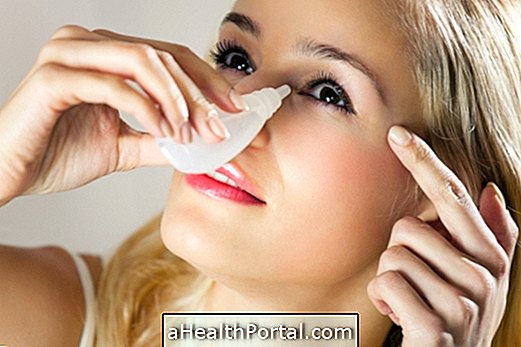
Lubricating eye drops are used to treat dry eye syndrome, burning and irritation caused by dust, smoke, pollutants, chemicals, ultraviolet rays, dry or excessive heat, air conditioning, wind, computer or cosmetics. They can also be used by people who wear contact lenses and feel a lot of ocular dryness.
Some examples of eyedrops are Systane, Lacril, Trisorb, Dunason or Lacrifilm, which can be purchased at pharmacies without the need for a prescription.
2. Antibiotic eye drops
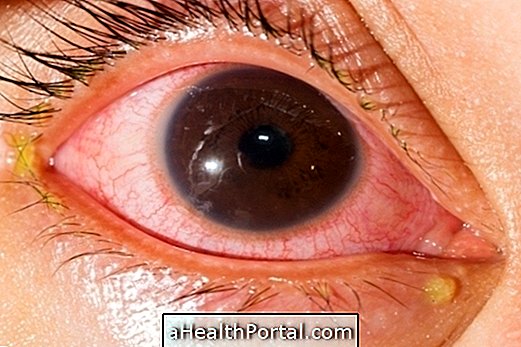
Antibiotic eye drops are used to treat eye infections caused by bacteria, called bacterial conjunctivitis. Generally, most antibiotic eye drops are associated with anti-inflammatories that help reduce the inflammation and discomfort caused by the infection.
Some examples of antibiotic eye drops are Maxitrol, Zymar, Vigadexa or Cilodex.
3. Anti-inflammatory eye drops
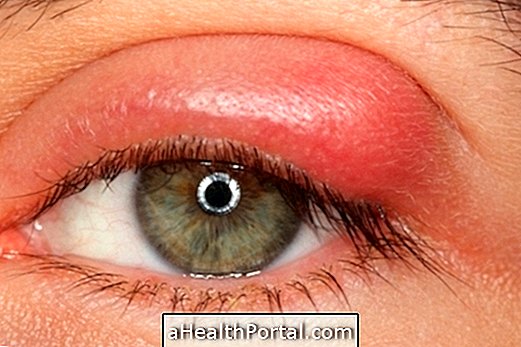
Anti-inflammatory eye drops are especially indicated in cases where there is recovery from eye surgery or in the treatment of diseases such as viral, chronic conjunctivitis or keratitis, an inflammation that arises in the cornea.
Some examples of anti-inflammatory eye drops indicated for prevention and treatment of pain and inflammation are Acular LS, Maxilerg, Nevanac or Voltaren DU, for example.
4. Antiallergic eye drops
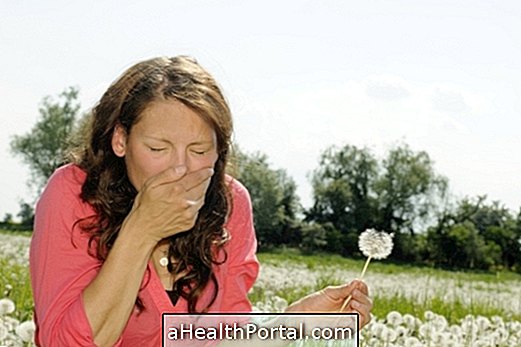
Antiallergic eye drops are indicated to relieve the signs and symptoms of allergic conjunctivitis such as redness, itching, irritation and swelling. Some examples of antiallergic drops are Relestat, Zaditen, Lastacaft or Florate.
Learn about the causes and symptoms of allergic conjunctivitis.
5. Anesthetic eye drops
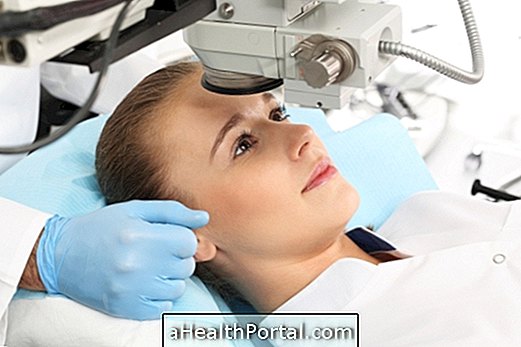
Anesthetic eye drops relieve pain and ocular sensitivity, which allows for ophthalmologic medical procedures. However, this type of eye drops can be dangerous because they remove the pain and sensitivity, which can cause the person to get injured, because scratching the eye can cause damage to the cornea due to lack of sensitivity.
Anesthetics such as Anestalcon and Oxinest are some of the eye drops that can be used by the doctor, in a hospital setting or in the office, for diagnostic tests such as measuring eye pressure, scraping the eye or removing foreign bodies, for example.
6. Decongestant eye drops
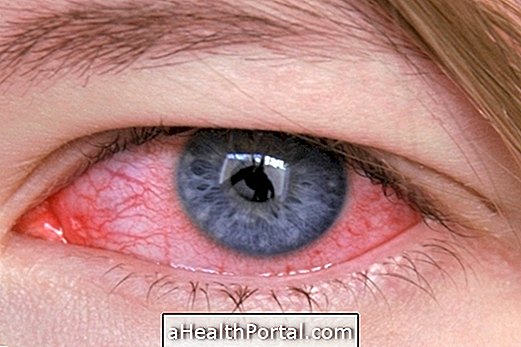
This type of drops, also known as vasoconstrictors, decongests and lubricates the eyes, being especially indicated for the relief of minor irritations and redness caused by colds, rhinitis, foreign bodies, dust, smoke, rigid contact lenses, sun or pool water and the sea, for example.
Examples of drops with vasoconstricting action are Freshclear, Colírio Moura, Lerin or Colírio Teuto, for example.
7. Eye drops for glaucoma
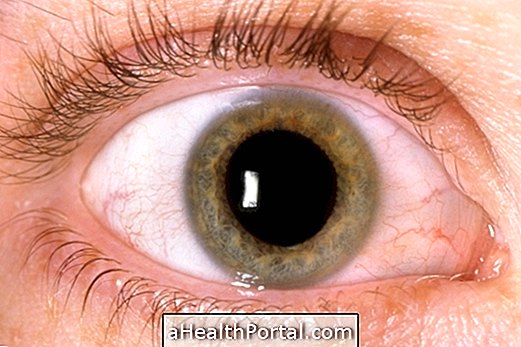
Glaucoma eye drops have the function of reducing blood pressure in the eyes, and should be used daily to control the disease and prevent blindness. Some examples of eye drops used to treat glaucoma are Alphagen, Combigan, Timoptol, Lumigan, Xalatan, Trusopt, Cosopt, among others.
Learn more about eye drops used to treat glaucoma and the most common side effects.
How to use the eyedrops correctly
While using any type of eye drops, there are some precautions to take, such as:
- Avoid touching the tip of the bottle with eyes, fingers or other surface;
- Close the eye drops immediately as soon as the application is finished;
- Always use the number of drops indicated by the doctor, to avoid overdosage;
- Wait at least 5 minutes between applications if it is necessary to use more than one eye drop;
- Remove contact lenses before applying eye drops and wait 15 minutes after application before putting them back on.
These care are very important because they guarantee the correct use of the eye drops, avoiding the contamination of the bottle and the medicine.
During the application, the ideal is lying down and dripping the drops on the lower part of the eye, more specifically the red bag that forms when pulling the lower eyelid down. Then close the eye and press the corner near the nose to aid in local absorption of the remedy.

